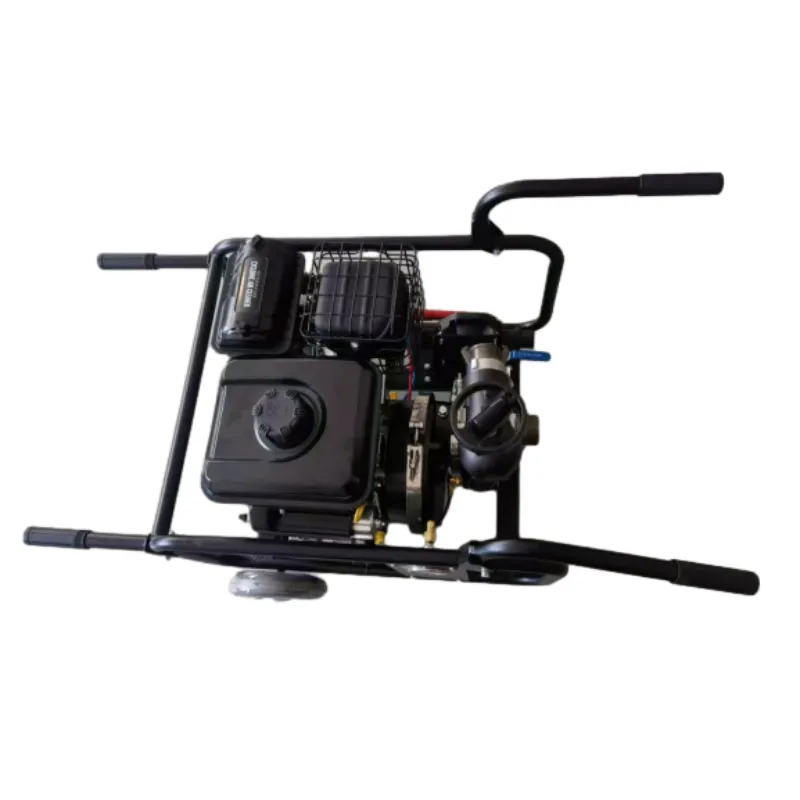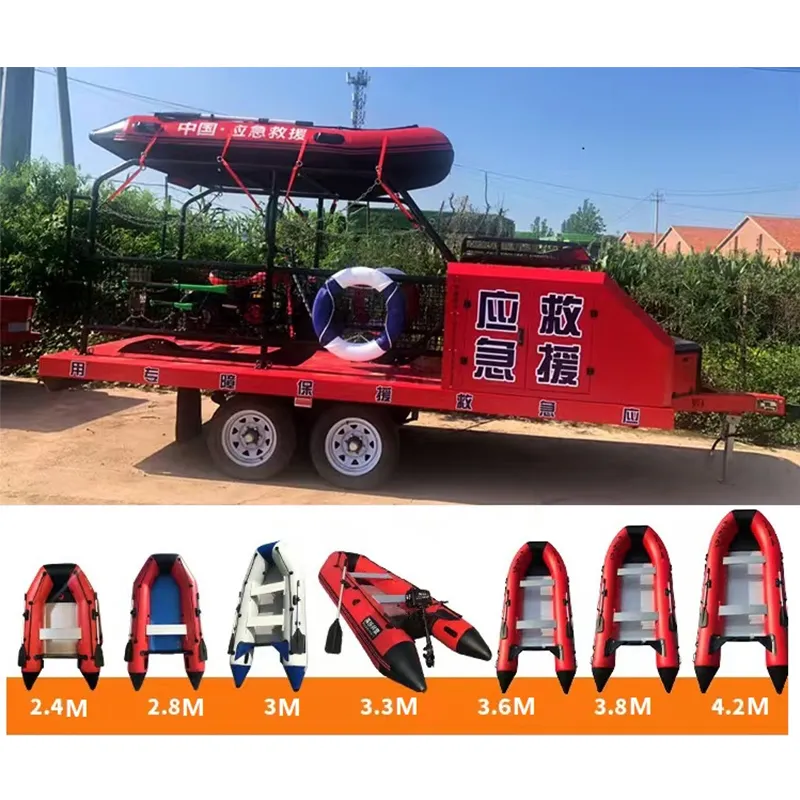

Firefighting vehicles, too, have undergone significant advancements. Contemporary fire engines are now equipped with GPS systems, enhanced water pumps, and storage capable of carrying larger quantities of water and fire retardants. Some models include compressed air foam systems (CAFS) that offer improved fire suppression capabilities compared to traditional water-based methods. These powerful tools help combat fires more efficiently, reducing response times and enhancing operational scope. Water-dropping aircraft, an iconic image of wildfire fighting, continue to impress with their evolving prowess. Next-generation helicopters and planes have been engineered to carry greater payloads, delivering water and fire retardants to remote and inaccessible areas. Coupled with sophisticated targeting systems, these aircraft ensure precision in their drops, maximizing the impact on active fire zones. Lastly, community education and training tools have become pivotal in wildfire preparedness and response. Outreach programs and interactive platforms educate the public about fire hazards, prevention strategies, and evacuation protocols. Empowering communities with knowledge acts as a primary defense line, reducing risk and increasing safety for residents in fire-prone areas. In conclusion, the fight against wildfires is becoming increasingly sophisticated with the integration of cutting-edge tools and technologies. By leveraging drone surveillance, advanced PPE, fire retardant innovations, AI-driven predictive models, and state-of-the-art vehicles and aircraft, the firefighting community is better equipped than ever to face the growing threat of wildfires. As these tools continue to evolve and improve, the promise of safer and more effective wildfire mitigation becomes a tangible reality.





























